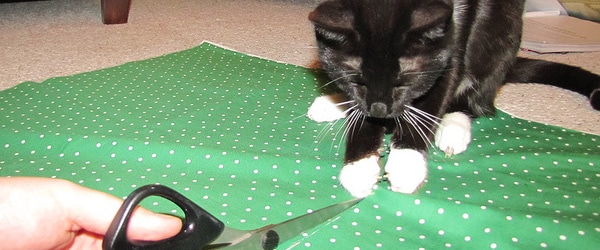I always keep an ear open for helpful tips in the lab – those little tricks that can make your experiments faster, easier and better. Here are a few tricks I’ve picked up for trimming down the time it takes to do your cloning:
Restriction digests
Many digests are complete within 10 minutes of digestion at room temperature – no need to be a slave to the “one hour at 37°C” rule. Check in the back of the NEB catalog for their list of high efficiency enzymes that digest quickly, or test your enzyme by yourself to minimize digestion times.
PCR amplification
There are a few ways to cur down on the time it takes to run your PCR steps…
- Trim your PCR programs to complete the run faster: check the enzyme product insert to see how short of a denaturing or annealing cycle you can get away with.
- If you’re not using the PCR product for cloning, you can eliminate the final (long) extension step.
- If you don’t need a lot of product (for instance while PCR screening), try running twenty or twenty-five cycles instead of thirty.
Ligation
Ligations can work surprisingly quickly: T4 DNA ligase can complete a reaction in just 10 minutes at room temperature. Check the product literature for your enzyme to see how short of a ligation you can get away with. Keep in mind that difficult ligations will generally be more successful if you allow the ligation to proceed longer.
Transformation
Just about every step of E. coli heatshock transformations can be shortened…
- Pre-cool the cells on ice for fifteen or twenty minutes instead of thirty
- Do a thirty second heatshock
- Plate the cells after thirty minutes recovery at 37°C, instead of one hour.
- If you are using ampicillin for selection there’s no need for a recovery step at all… more details here
All these changes will affect the efficiency of the transformation, so use them wisely. Difficult or low-frequency ligations need some coddling, so it is probably best to use the full-length steps in these cases, although you might get away with some shortcuts here if you use very highly competent cells.
Agarose gels
- Pour and run your agarose gels at 4°C. They will solidify quicker at a lower temperature, and you can run them at a higher voltage in a cool environment.
- “Pre-cast” your own agarose gels and store them in saran wrap at 4°C for one to two weeks. Then when you need to gel-purify a fragment or screen your clones, you can just pull one off the shelf and get going.
What are your favorite tips for speeding up your cloning?



